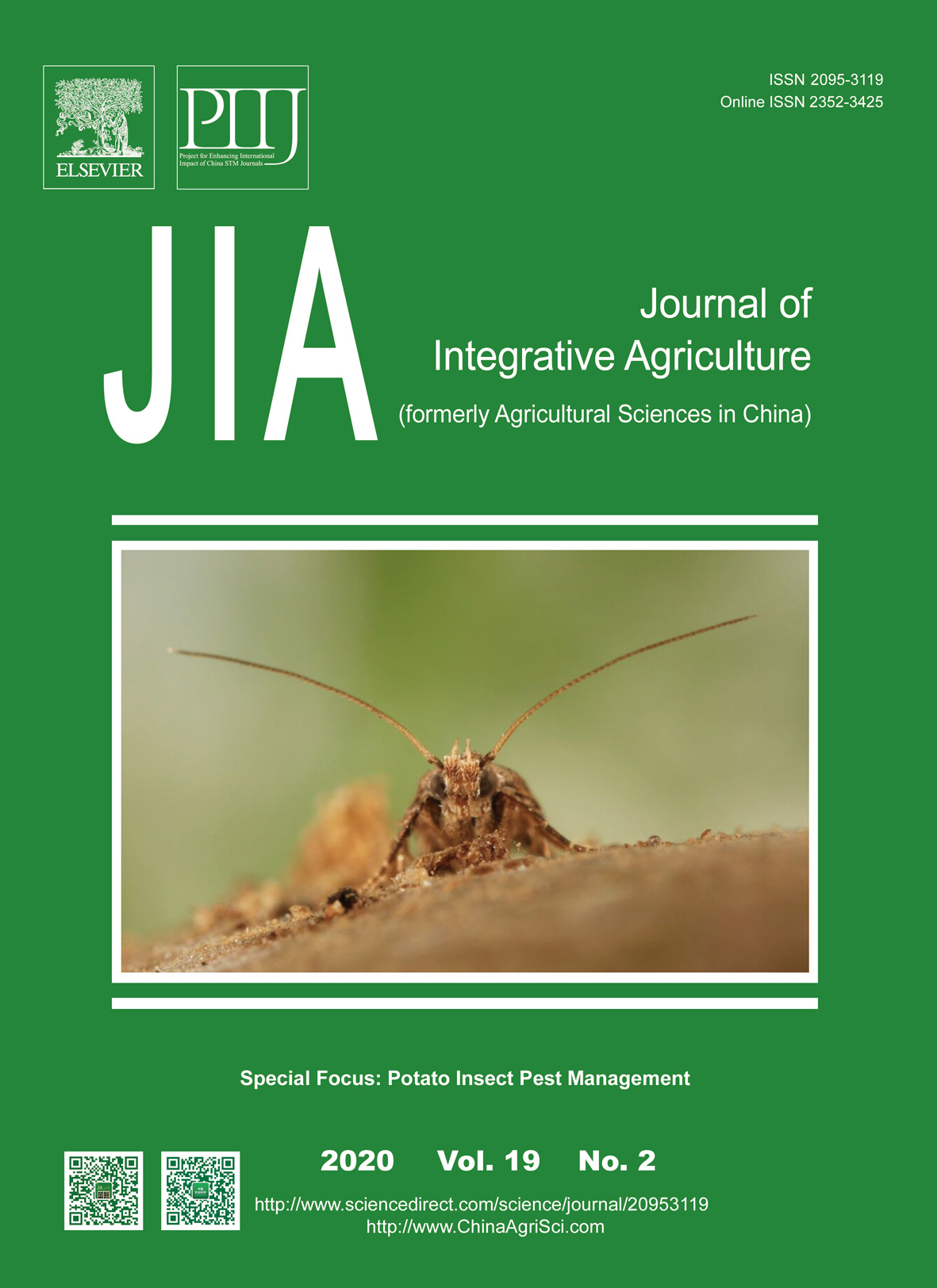Sixteen cotton cultivars widely planted in China were sowed under five different drought concentrations (0, 2.5, 5, 7.5, and 10%) using PEG6000 to screen the indices of drought resistance identification and explore the drought resistance of different cotton cultivars. Eighteen physiological indices including root, stem, and leaf water contents (RWC, SWC, and LWC), net photosynthetic rate (Pn), the maximum photochemical quantum yield (Fv/Fm), the actual photochemical quantum yield (ΦPSII), non-photochemical quenching coefficient (NPQ), leaf water potential (LWP), osmotic potential (Ψs), leaf relative conductivity (REC), leaf proline content (Pro), leaf and root soluble protein contents (LSPC and RSPC), leaf and root malondialdehyde (MDA) contents (LMDA and RMDA), root superoxide dismutase, peroxidase, and catalase activities (RSOD, RPOD, and RCAT) were measured. Results indicated the 18 physiological indices can be converted into five or six independent comprehensive indices by principal component analysis, and nine typical indices (Fv/Fm, SWC, LWP, Pro, LMDA, RSPC, RMDA, RSOD, and RCAT) screened out by a stepwise regression method could be utilized to evaluate the drought resistance. Moreover, the 16 cotton cultivars were divided into four types: drought sensitive, drought weak sensitive, moderate drought resistant, and drought resistant types. The resistance ability of two selected cotton cultivars (drought resistant cultivar, Dexiamian 1; drought sensitive cultivar, Yuzaomian 9110) with contrasting drought sensitivities were further verified by pot experiment. Results showed that the responses of final cotton biomass, yield, and yield composition to drought were significantly different between the two cultivars. In conclusion, drought resistant cultivar Dexiamian 1 and drought sensitive cultivar Yuzaomian 9110 were screened through hydroponics experiment, which can be used as ideal experimental materials to study the mechanism of different cotton cultivars with contrasting drought sensitivities in response to drought stress.
